This ‘golden rule’ will keep you beach safe this summer
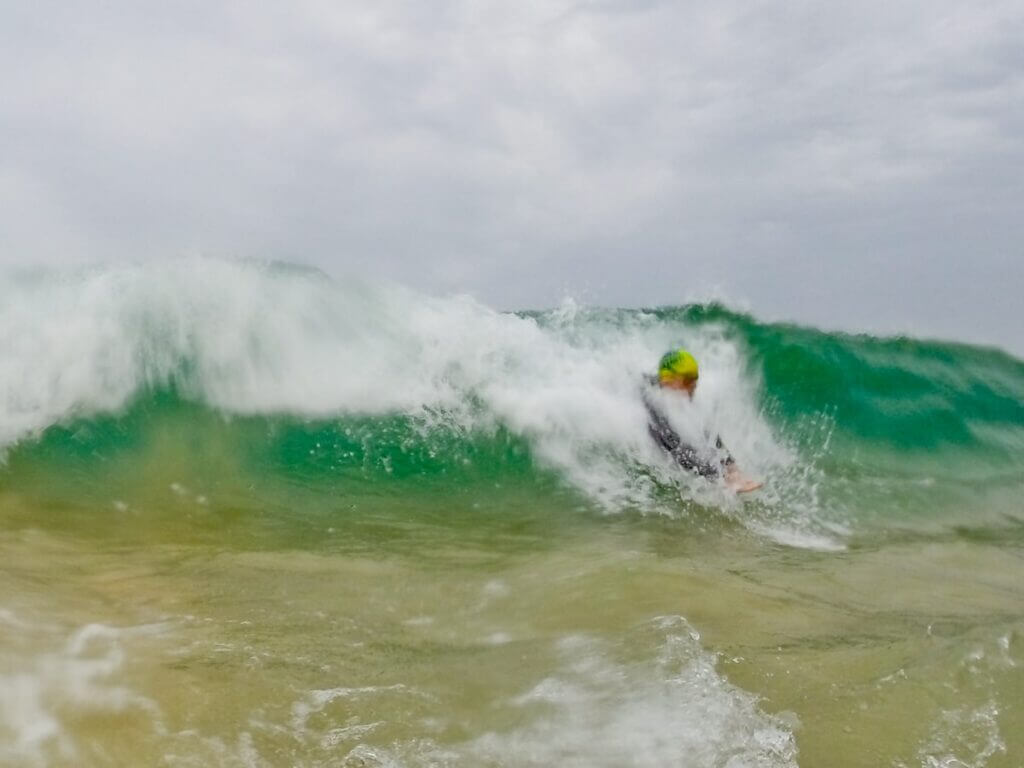
Surf safety messages can get so complicated. There are so many rules, so many variations.
How could you possibly remember all these rules, and if you did, would you remember them and be able to act accordingly in the heat of the moment, when your life is at risk?
What if I said you only need to know one fundamental “rule’ when you go to the beach?
That’s right, you can forget all the other rules – many of which are common sense – if you just remember this one.
Except it’s not really a rule. It’s simply understanding how the ocean works in its most basic form.
Here’s the ‘rule’: “The waves are your friend.”
That’s it. Nothing else. One rule. One sentence. Five words.
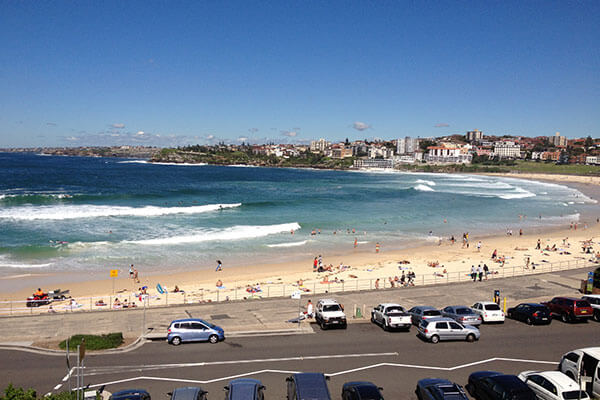
Here’s why I think this is all you need to know to be surf safe this summer:
- Waves break in shallow water. In shallow water, you have a better chance of maintaining contact with the seafloor. As long as you’re standing up in water up to your waist, you’re anchored to the sea-floor.
- Areas of shallow water are called sandbanks, and the safest sandbanks have consistently breaking waves and white water. The water over sandbanks will be flowing predominately towards the shore. Find the middle of the sandbank for the best spot.
- If you need to return to the shore, waves will help take you there. Whether you’re close to shore, or you’ve found yourself offshore, identify the sandbank with consistently breaking waves, and return to the shore there.
You can make smart decisions about (1) where to swim (in the area with the most consistent waves and white water) and (2) how to return to shore (in the area with the most consistent waves) by just remembering this one “rule’.
Now, this might come as a surprise to some people, waves are often the one thing people try to avoid! Yes, they can be annoying if you’re just trying to cool off, but there is no denying that they mean good.
A story I like to tell in my clinics is that of the European backpacker in Bondi. Fresh from a lifetime of holidays in the Med, or lakeside, backpackers flock to south Bondi to enjoy the iconic beach.
Setting up for the day on the sand, they’re ready for a swim to cool off – and what do you know, there’s a ‘perfect looking’ calm area in the water, as if Bondi wasn’t already amazing, it also provides calm areas in the water for those who want to avoid the annoying waves!
You don’t have to be an expert to know what happens next… the backpacker heads for the calm area, enters the water, and soon finds themselves moving away from the shallow water into the deep.
For those who watch Bondi Rescue, you’ll know the name of this exact rip current, it’s called the “backpacker express”.
At OceanFit this is our golden rule and we teach it to kids as young as five through to our ocean swimming adults.
If you’ve always thought the ocean was untameable, and that you could never understand it and become confident in the ocean, then I hope this small insight will help kick start your ocean swimming journey.
To have fun and stay safe at the beach, read our full list of advice in our Ocean Responsibility Code.

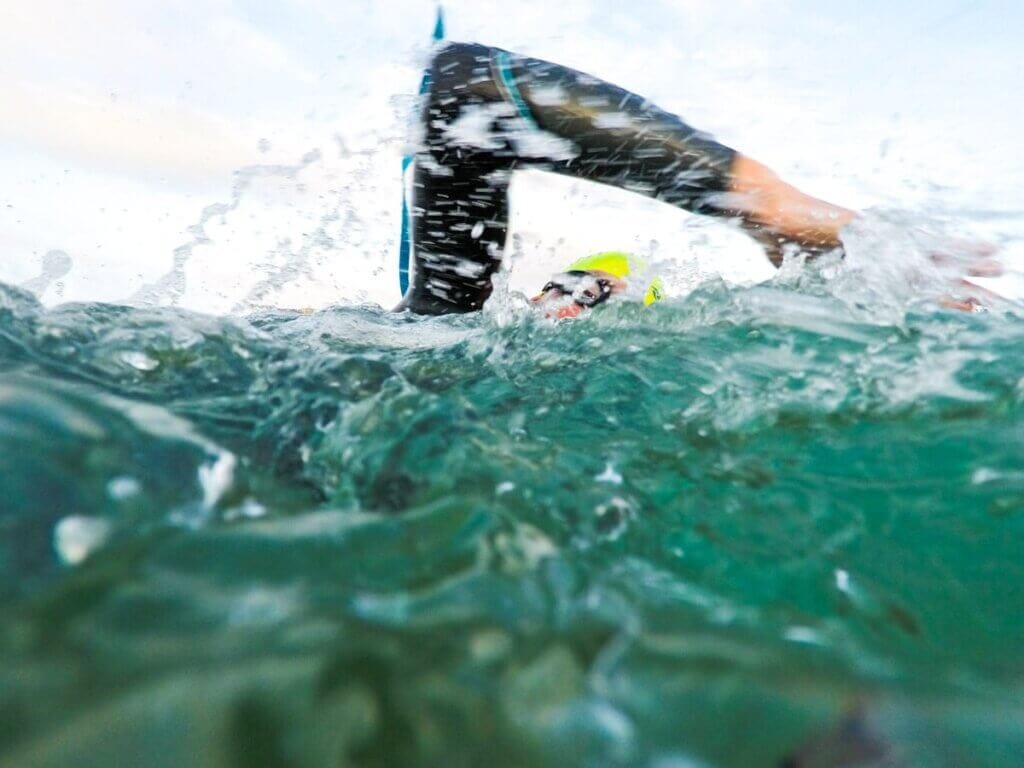
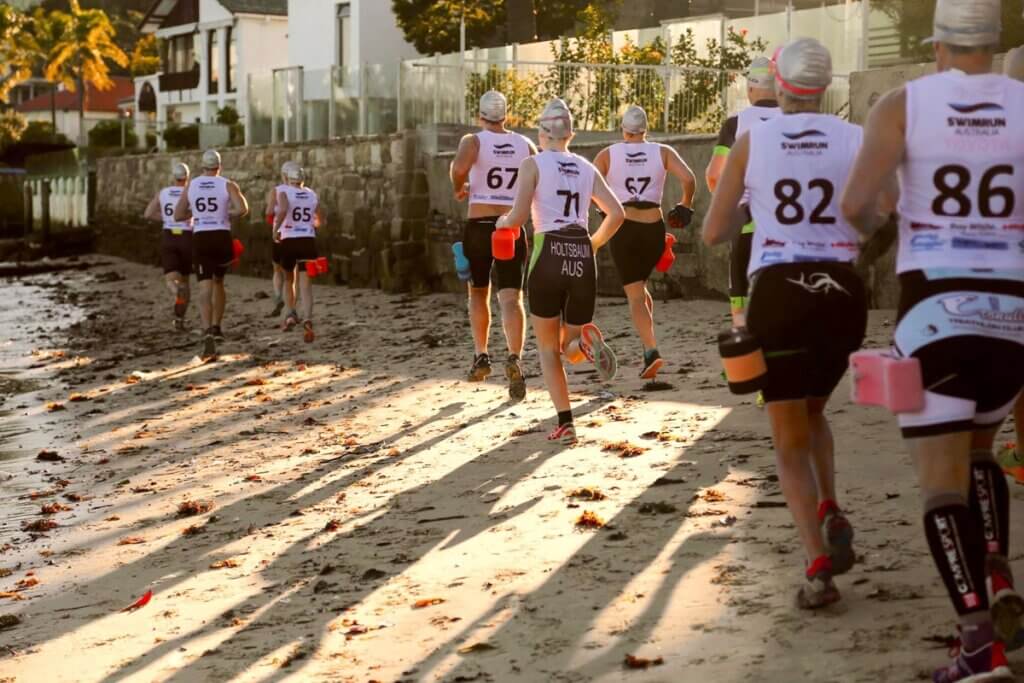
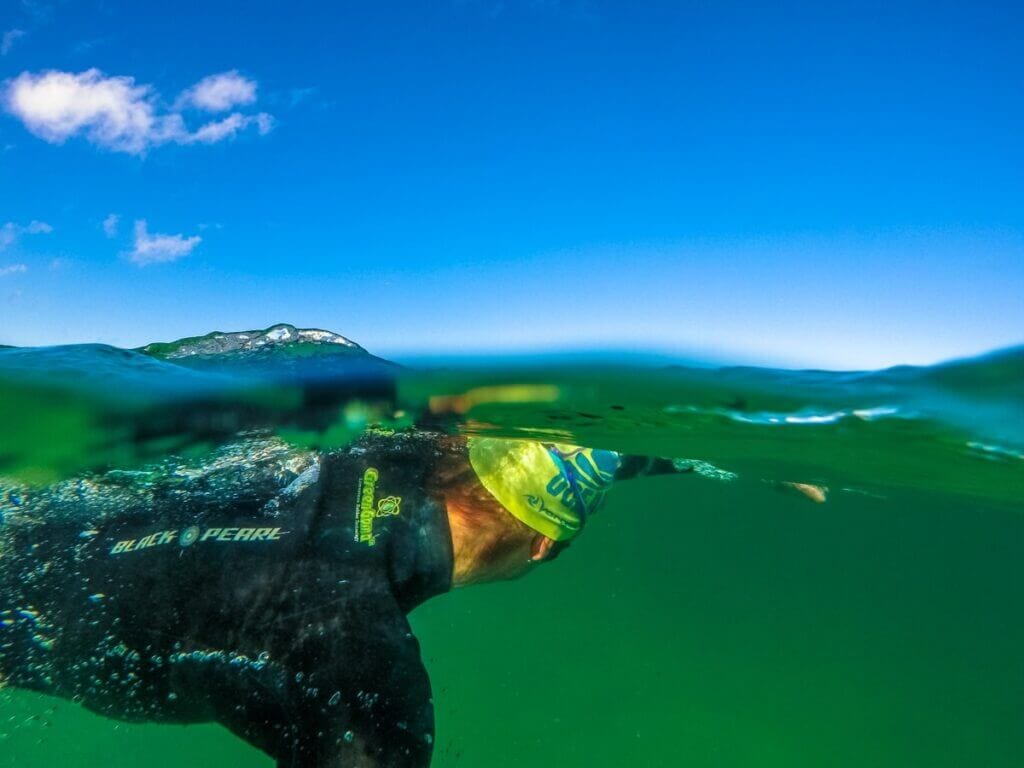

Hi, I appreciate your work in helping with safety education in the water. I must note however that this article is dangerously simplistic
.Waves CAN be your friend but there are caveats. Having just survived a rip tide after 40 years in and around the ocean as a competent swimmer, the waves alone were not sufficient for my survival. Please expound upon this blanket statement regarding waves.
Hi Rachael, thanks for taking the time to comment on my article. You’re right in that there are many things to think about when managing risk and assisting in your survival in the ocean, however, this article has been written to show how important waves are to your safety in the ocean. The ‘complete’ article would be 10,000 words and offer 100’s of pieces of advice, and that’s where I’m coming from in writing this – that that amount of information and guidelines are just too overwhelming for most people for it to be effective.